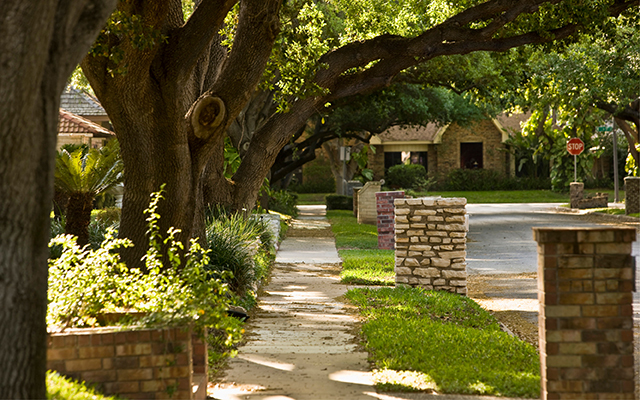Over lunch last week, my old friend Leo kvetched about his upcoming encounter with a neurologist while I watched the tremor in his right hand come and go. “I’ll lay it all out on the table,” he said. “I was a little worried about this, so I called and asked them what was going to happen, and they said it’s just a consultation — no treatment.”
Leo doesn’t need a physician to tell him his fidgety appendage is a result of Parkinson’s, but I suspect he’d been putting off a visit with a specialist as a way of postponing the cold reality of a diagnosis and thus delaying the need to ponder its dire consequences. A lifelong bachelor whose only sibling died several years ago, he faces a future without the kind of familial support that typically rises to the occasion when things begin to fall apart.
So, at 77, Leo’s greatest hope and his greatest fear have merged: that he will live, as his parents did, well into his 90s.
At some point, Parkinson’s will have sapped his ability to function on his own, and he’ll call on a few of his many friends to help him empty out his apartment and move him into an assisted-living facility. He’s not ill-prepared; his long-term care insurance should cover the cost. We’ll all breathe a sigh of relief, pop in for the occasional lunch, and assume he’s in good hands.
As long as he doesn’t get sick.
Most of the nation’s 30,000 assisted-living facilities do not offer an on-site or on-call physician as part of their suite of services; only about half of them offer nursing care. That means that even a minor fall or illness will send my old pal to a doctor or the emergency room — an expensive and often unnecessary intervention.
“There has to be more attention to medical and mental health care in assisted living,” Sheryl Zimmerman, MSW, PhD, an industry expert at the University of North Carolina, told Paula Span in the New York Times. “Does everyone who falls really need to go to an emergency department?”
This was not supposed to be a problem. Conceived 20 years ago as a hospitable destination for healthy retirees, assisted-living facilities soon found themselves inundated with frail, chronically ill residents well past retirement age. Most are over 85, Span points out, about two-thirds need help with bathing, and many struggle with cognitive dysfunction. “These places,” said Zimmerman, “became the primary residential setting for people with dementia.”
Despite their appeal to an older, sicker population, these facilities strive to avoid any resemblance to nursing homes. Adding a medical staff would not only “medicalize” their communities, but it would also raise prices and subject them to government oversight (Medicaid and Medicare cover most of the elderly’s healthcare costs).
Span cites a couple of innovative approaches, including a North Carolina firm that serves about 400 assisted-living communities with 120 clinicians, including physicians, nurse-practitioners, and social workers. A 2017 study estimated that the model could cut emergency-room transfers by two-thirds. Zimmerman, for her part, is convinced this is the way to go. “There can be healthcare in assisted living without making it feel like a nursing home.”
Leo called me a couple of days after our lunch to report that the appointment had gone well. It’s Parkinson’s, all right, but a “minor” case — and one that’s likely to proceed slowly. That will give him and his “family” plenty of time to prepare for the next step. Here’s hoping that the assisted-living industry moves more quickly than his disease.



This Post Has 0 Comments